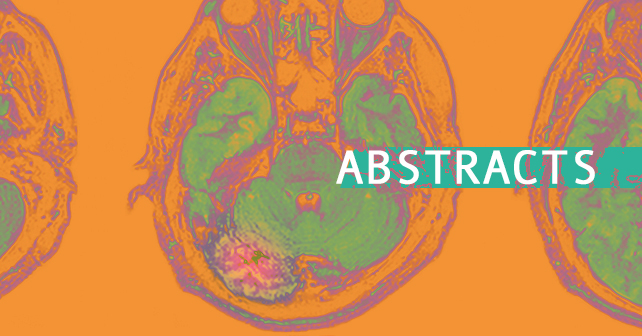Antithrombotic agents and traumatic brain injury in the elderly population: hemorrhage patterns and outcomes.
Abstract
OBJECTIVE: Among the elderly, use of antithrombotics (ATs), antiplatelets (APs; aspirin, clopidogrel), and/or anticoagulants (ACs; warfarin, direct oral ACs [DOACs; dabigatran, rivaroxaban, apixaban]) to prevent thromboembolic events must be carefully weighed against the risk of intracranial hemorrhage (ICH) with trauma. The goal of this study was to assess the risk of sustaining a traumatic brain injury (TBI), ICH, and poorer outcomes in relation to AT use among all patients 65 years or older presenting to a single institution with head trauma.
METHODS: Data were collected from all head trauma patients 65 years or older presenting to the authors’ supraregional tertiary trauma center over a 24-month period and included age, sex, injury mechanism, medical history, international normalized ratio, Glasgow Coma Scale (GCS) score, ICH presence and type, hospital admission, reversal therapy, surgery, discharge destination, Extended Glasgow Outcome Scale (GOSE) score at discharge, and mortality.
RESULTS: A total of 1365 head trauma patients 65 years or older were included; 724 were on AT therapy (413 on APs, 151 on ACs, 59 on DOACs, 48 on 2 APs, 38 on AP+AC, and 15 on AP+DOAC) and 641 were not. Among all head trauma patients, the risk of sustaining a TBI was associated with AP use after adjusting for covariates. Of the 731 TBI patients, those using ATs had higher rates of ICH (p <0.0001), functional dependency at discharge (GOSE score ? 4; p < 0.0001), and mortality (p < 0.0001). Elevated rates of ICH progression on follow-up CT scanning were observed in patients in the warfarin monotherapy (OR 5.30, p < 0.0001) and warfarin + AP (OR 6.15, p = 0.0011). Risk of mortality was not associated with single antiplatelet use but was notably high with 2 APs (OR 4.66, p = 0.0056), warfarin (OR 5.18, p = 0.0003), and DOAC use (OR 5.09, p = 0.0149).
CONCLUSIONS: Elderly trauma patients on ATs, especially combination therapy, are at elevated risk of ICH and poor outcomes compared with those not on AT therapy. While both AP and warfarin use alone and in combination were associated with significantly elevated odds of sustaining an ICH among TBI patients, only warfarin use was a predictor of hemorrhage progression on follow-up scans. The use of a single AP was not associated with mortality; however, the combination of both aspirin and clopidogrel was. Warfarin and DOAC users had comparable mortality rates; however, DOAC users had lower rates of ICH progression, and fewer survivors were functionally dependent at discharge than were warfarin users. DOACs are an overall safer alternative to warfarin for patients at high risk of falls.
PMID
31277068 [ – as supplied by publisher]

